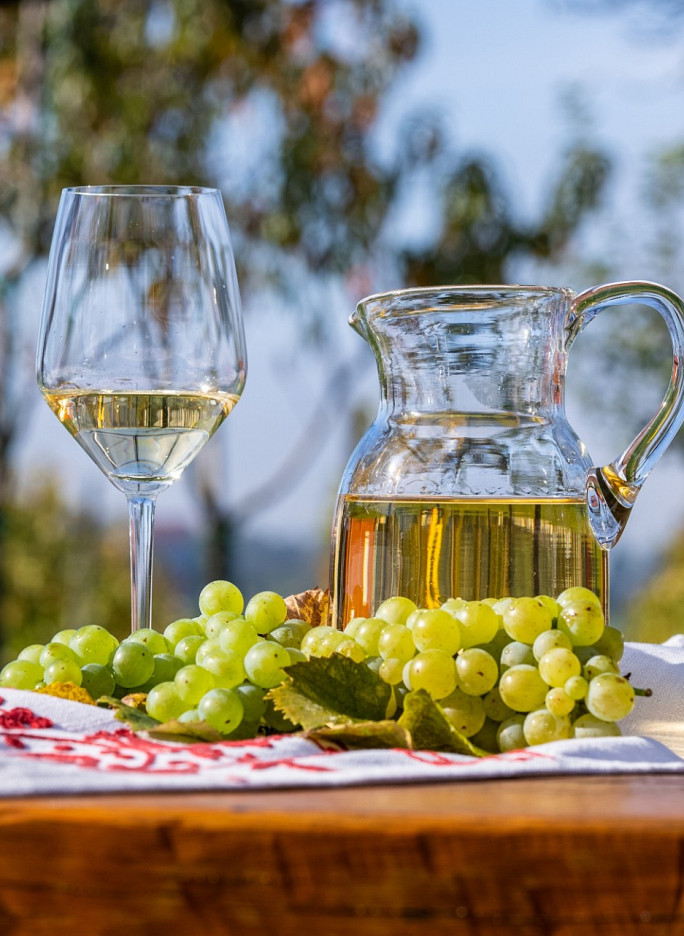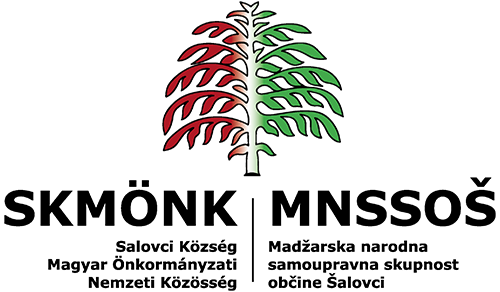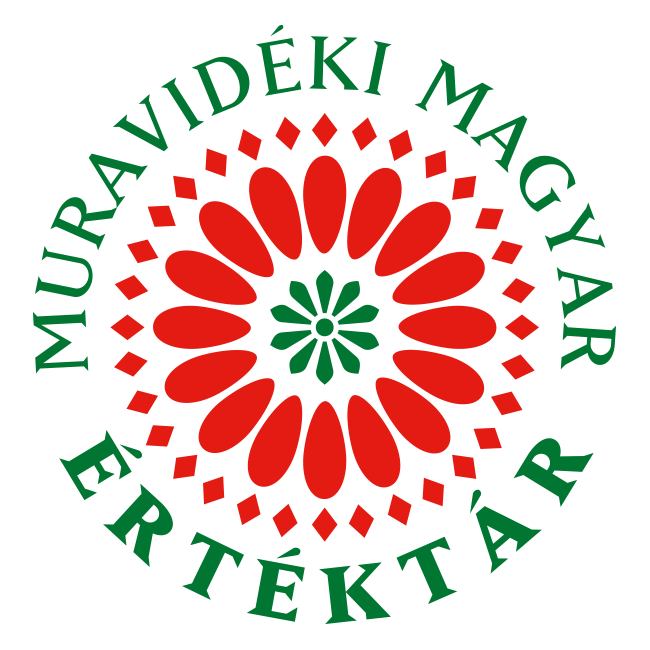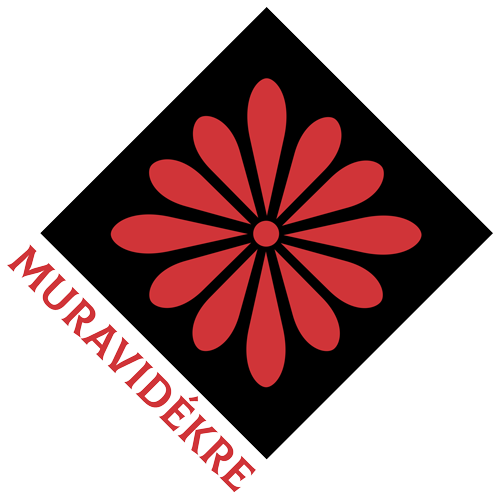 Beliefs and Customs on Saint George's Day
Beliefs and Customs on Saint George's Day
When Nature Turns Green and Sunshine Warms the Earth
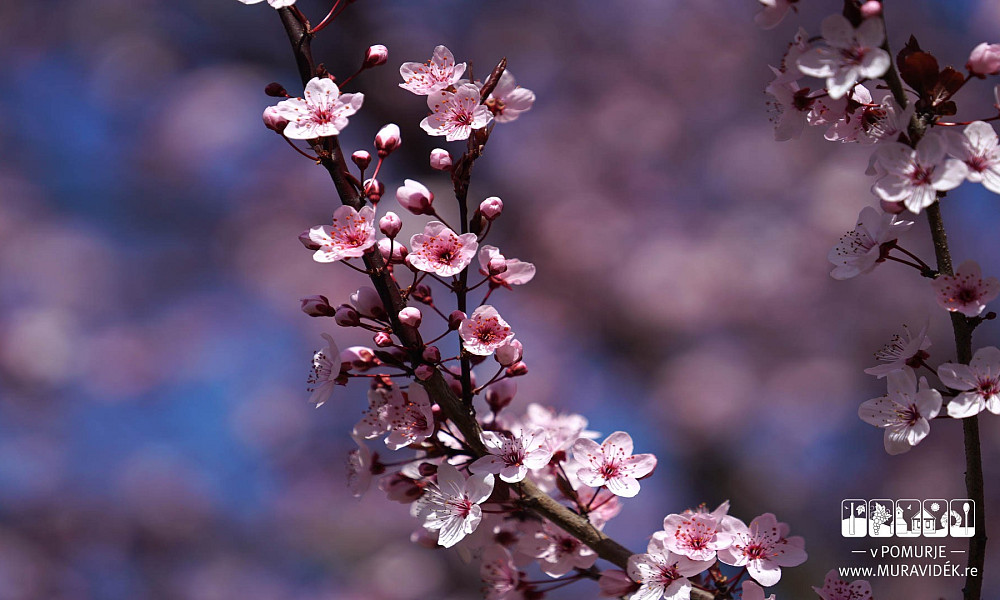
One, two, three and four,
Fawn, where are you heading for?
– it's my business, you can´t know:
Spring is what I´m heading for.
(Excerpt from Zoltán Zelk´s Tavaszi dal/Spring Song)
Spring is the time of rebirth, when after the long, frosty winter, nature shows its splendour in the most beautiful ways. Fresh green canopies, fields covered in a rich carpet of colours, dewy flower petals – sunny yellow daffodils, catkins and magnolia trees celebrating spring, snowdrops symbolising hope and purity, all bring a smile to people's faces.
The word spring has different meanings in terms of the calendar, as well as in the astronomical and meteorological senses. According to the calendar definition, spring begins on 1st March while the beginning of astronomical spring falls on 20th March. Spring in the northern hemisphere lasts from the spring equinox to the summer solstice, so until 21st June this year, and lasts from 22nd September to 21st December in the southern hemisphere. With the arrival of astronomical spring, migratory birds return from their wintering grounds, and animals that have hidden from the harsh winter come out of their dens.
But what exactly is the equinox? It is the astronomical moment when the length of the day is equal to the length of the night. Every year there are two equinoxes: one between 19th and 21st March, when we leave winter behind us in the northern hemisphere and enter spring, while the other takes place between 21st and 24th September as we leave summer behind and enter autumn.
With the spring weather and the rise in temperatures, the hiking season also begins, and you can enjoy the surrounding countryside soaking in the sun. If you want to visit special places where you can enjoy the awakening of nature, then be sure to add Prekmurje to your list. The area takes on spring colours at this time – budding trees and beautiful flowers of all varieties await you.
Lake Hodoš is definitely worth visiting. It is nestled among soaring trees and surrounded by flowering meadows, as well as fertile fields. Lake Hodoš has become known as an important water habitat, but the lookout towers in Hodoš and Krplivnik, located just a few kilometres away near the Slovenian-Hungarian border, are also must-see destinations. In the shade of the trees, in a small grove, there is a natural spring called the Krplivnik Spring, the water of which is still consumed today. Moreover, the people living there even believe it has miraculous powers. From there, admiring the lovely spring scenery, you can quickly reach the Vogler´s House, which bears a rich history and is hidden in the middle of the forest of Motvarjevci, and then travel on to the surroundings of Lake Bukovnica. The lake is surrounded by leafy trees and offers great opportunities for fishing, mushroom picking and having a picnic. In addition to the impressive sights – the lake, the Chapel of St. Vitus, St. Vitus´ Well and the energy points – there are other great entertainment options for visitors as well. The idyllic wine cellars and wine taverns all over the hills that stretch above Dolga vas and Lendava are unmissable stops, where you can plunge into the world of tasty local wines. The River Mura and its oxbow lakes is a very valuable natural treasure of the region, and is considered a unique and natural ecosystem, providing shelter for many species of plants and animals.
So, set off on your journey, get to know the picturesque landscape of Prekmurje, the hidden corners of unspoilt nature, the numerous tourist attractions, as well as its natural and cultural sights.



